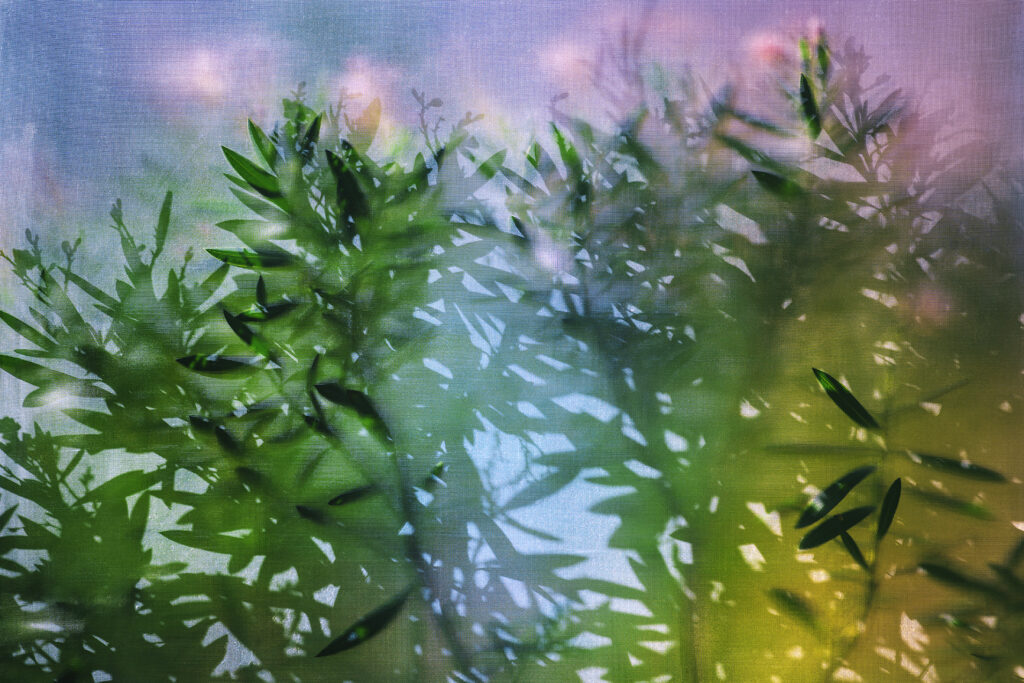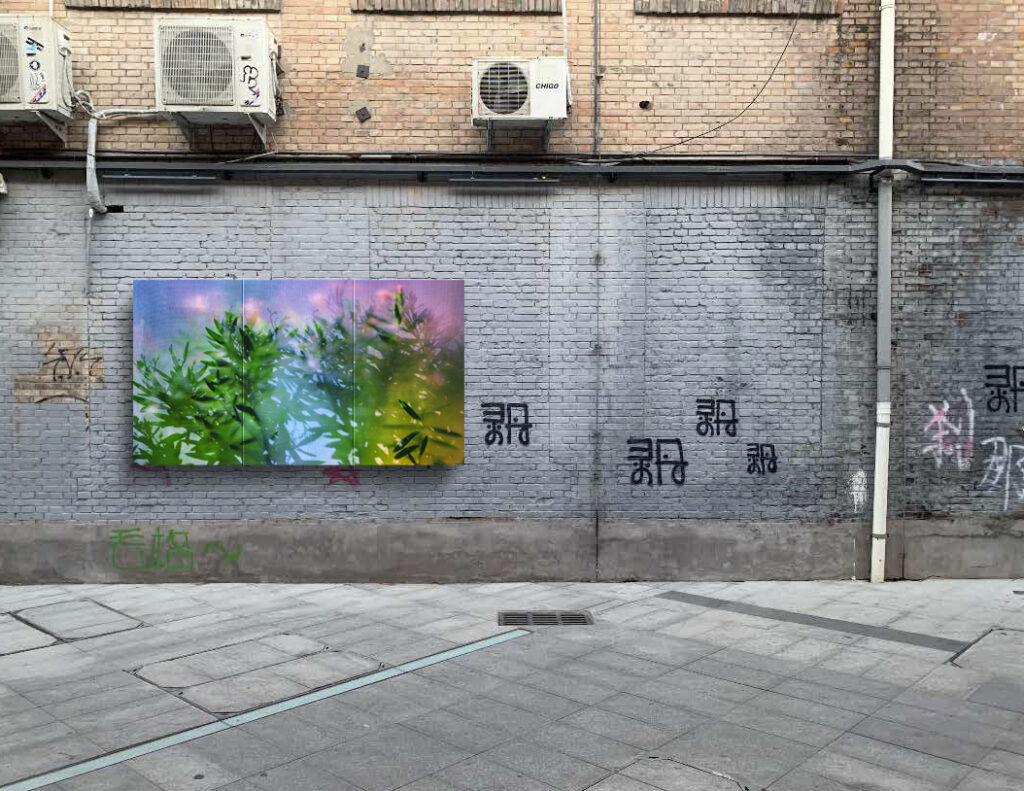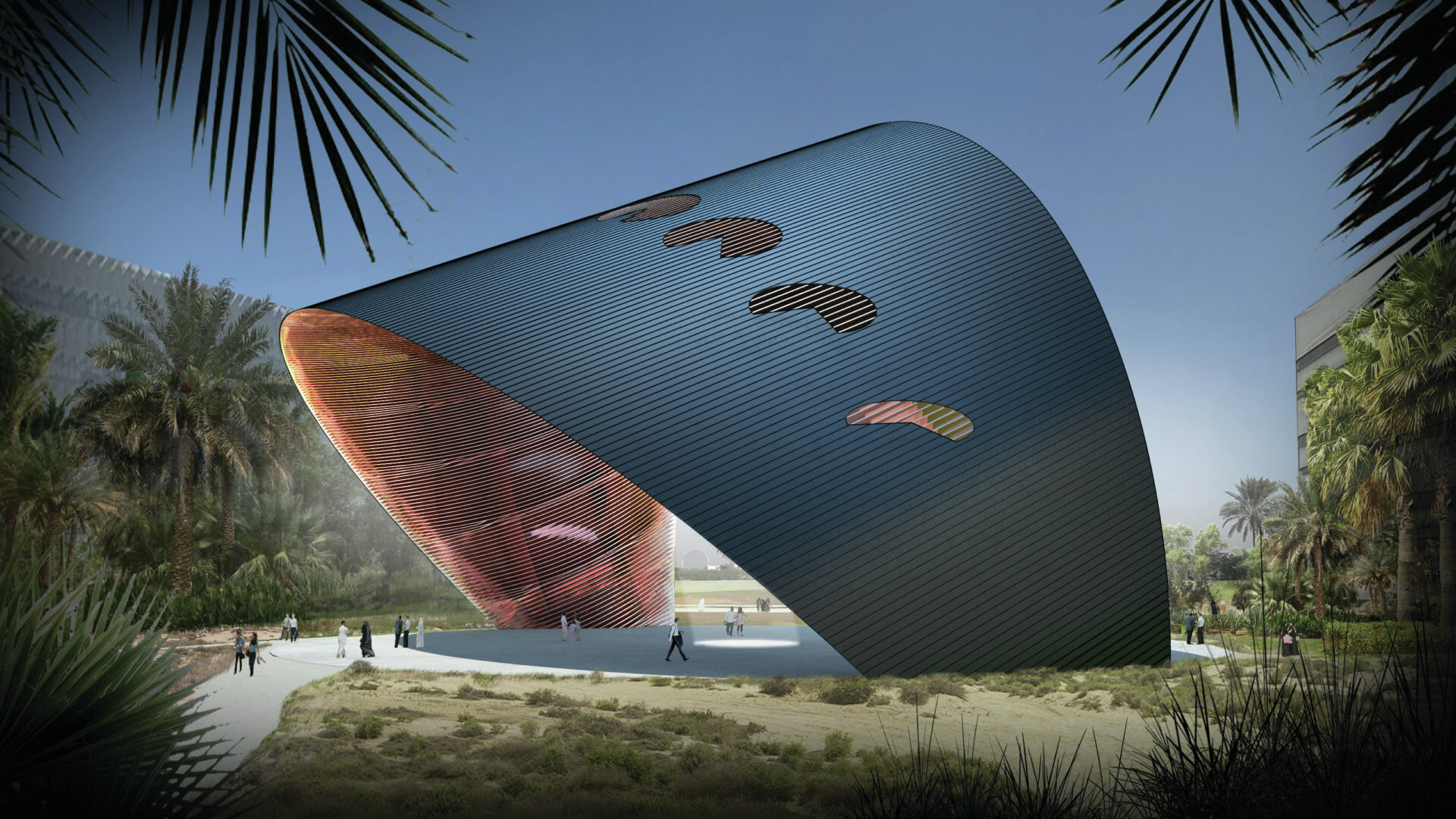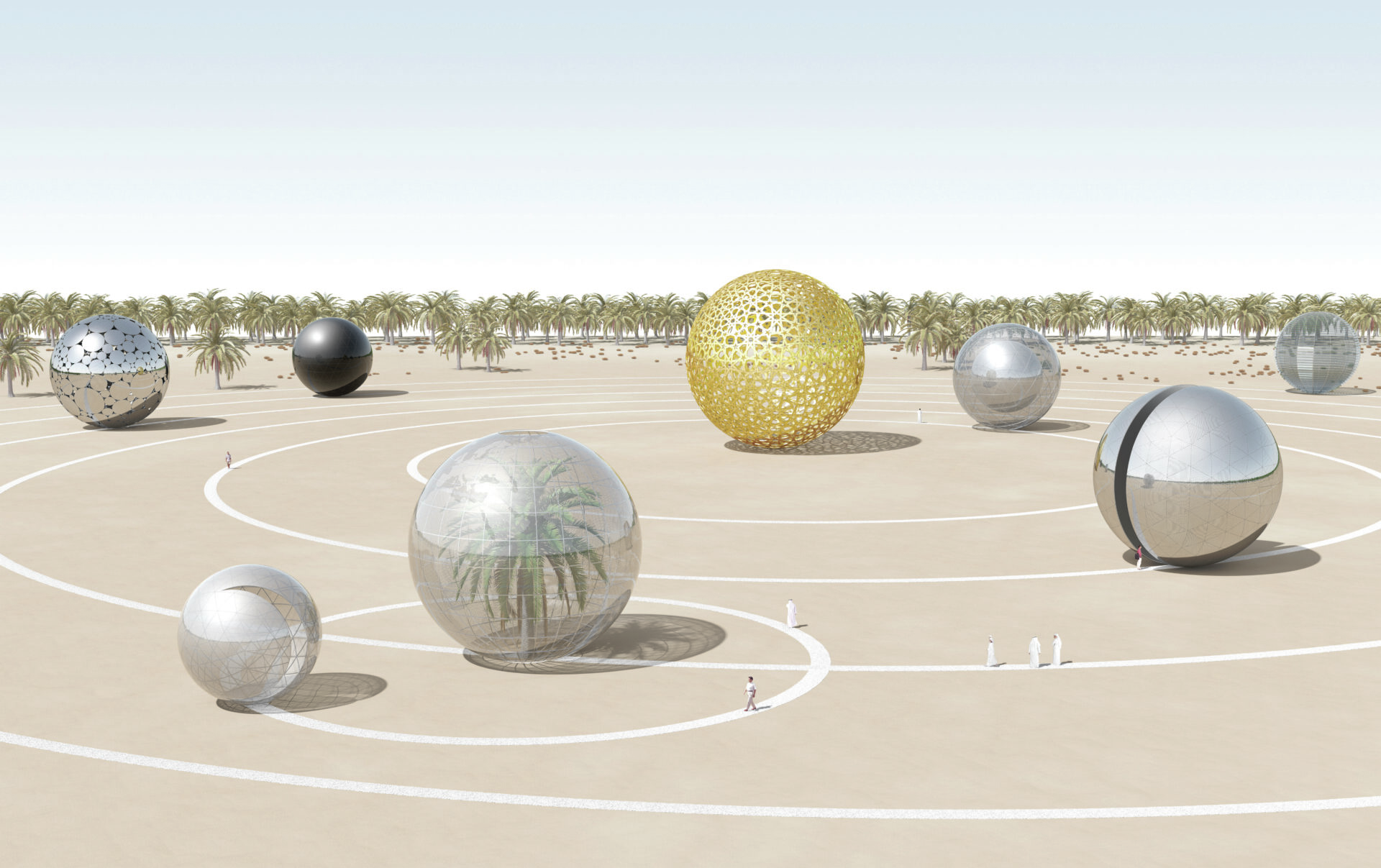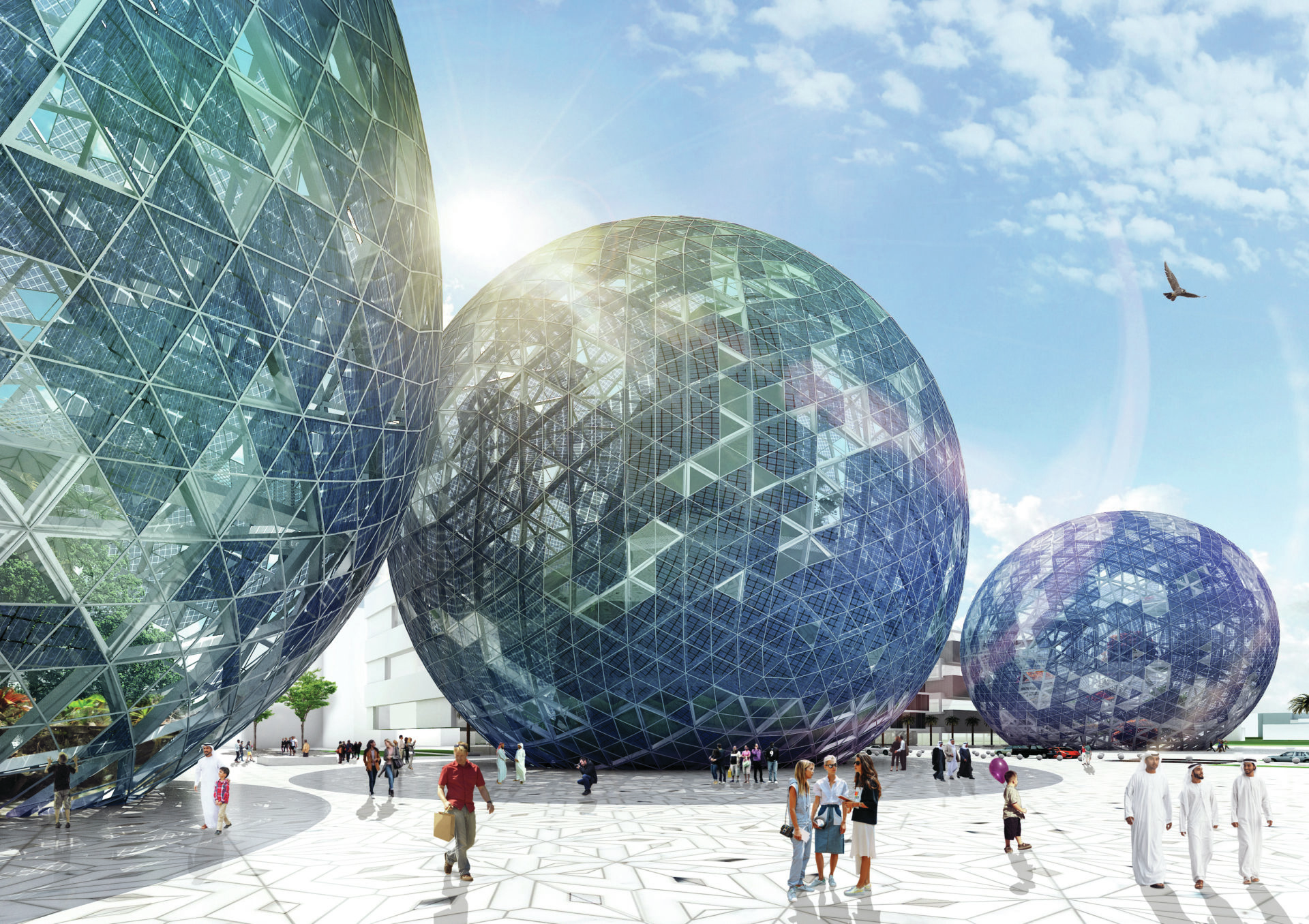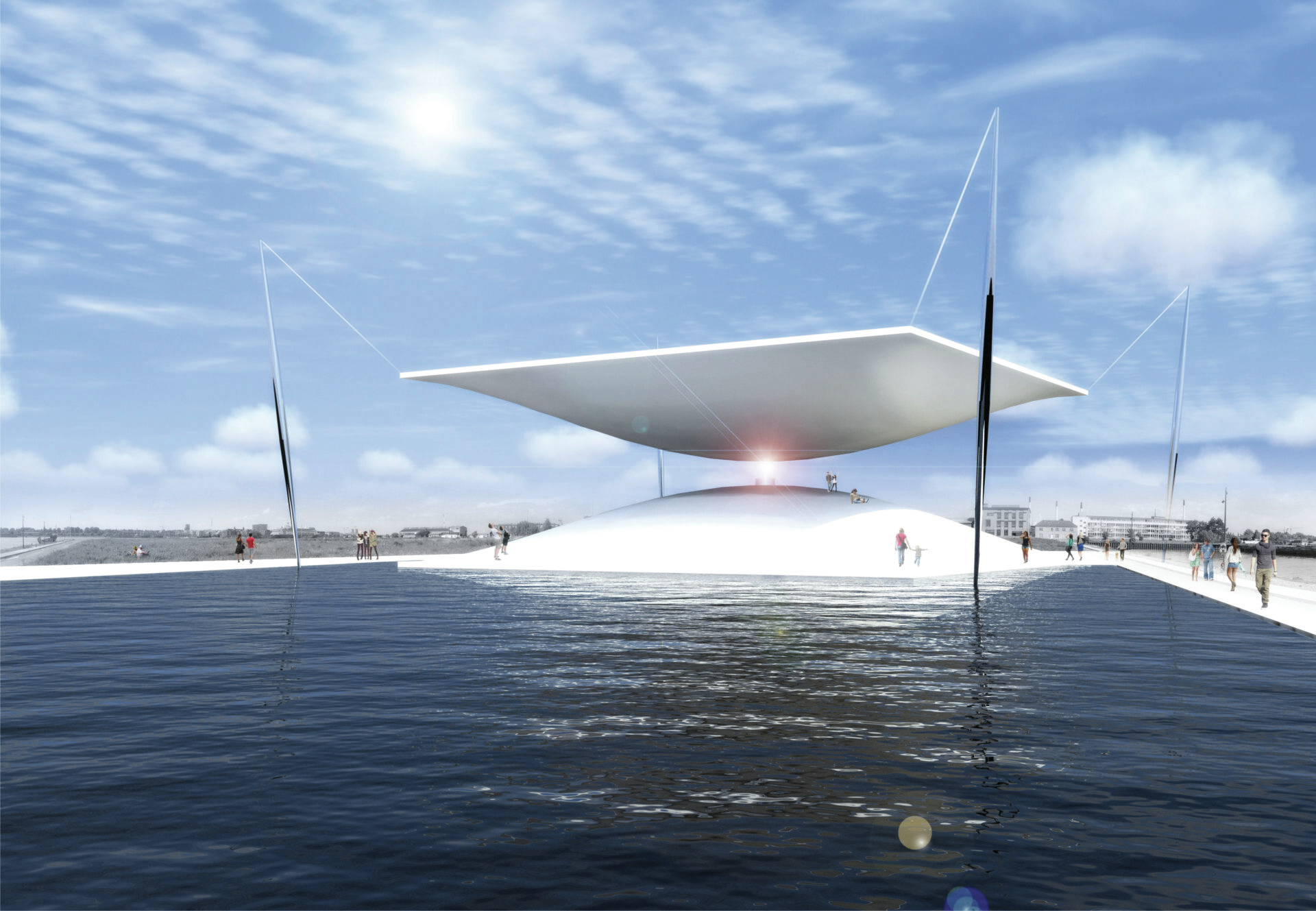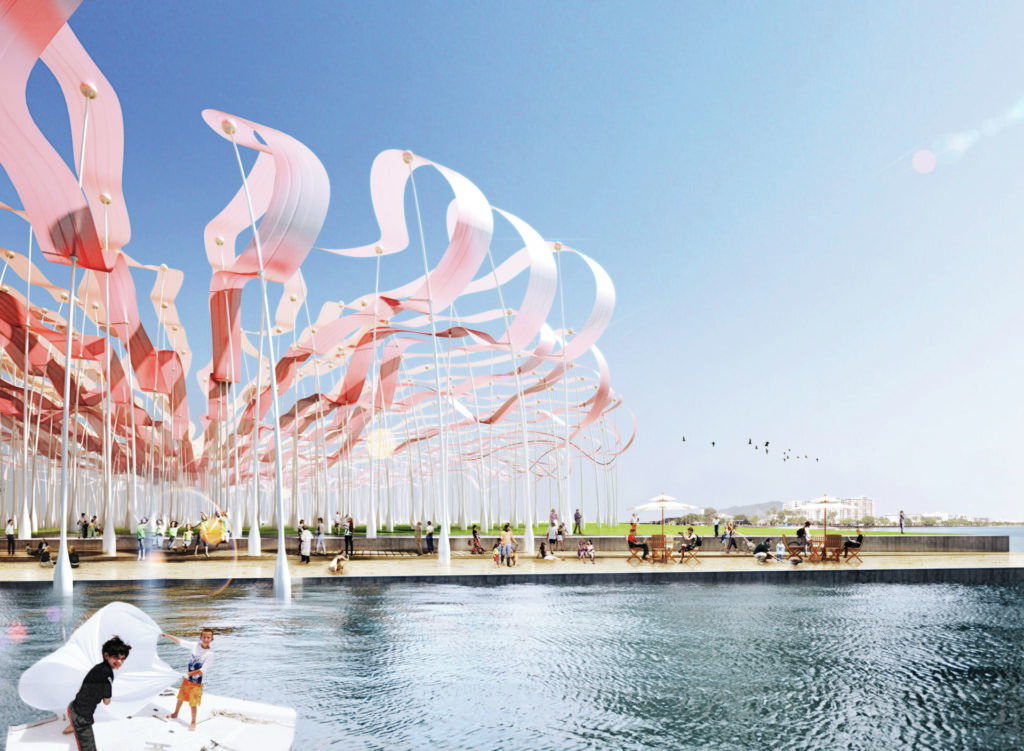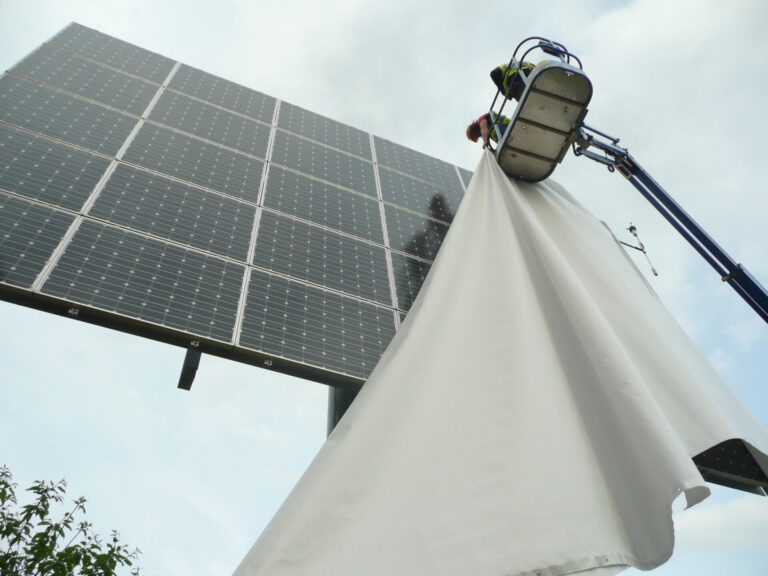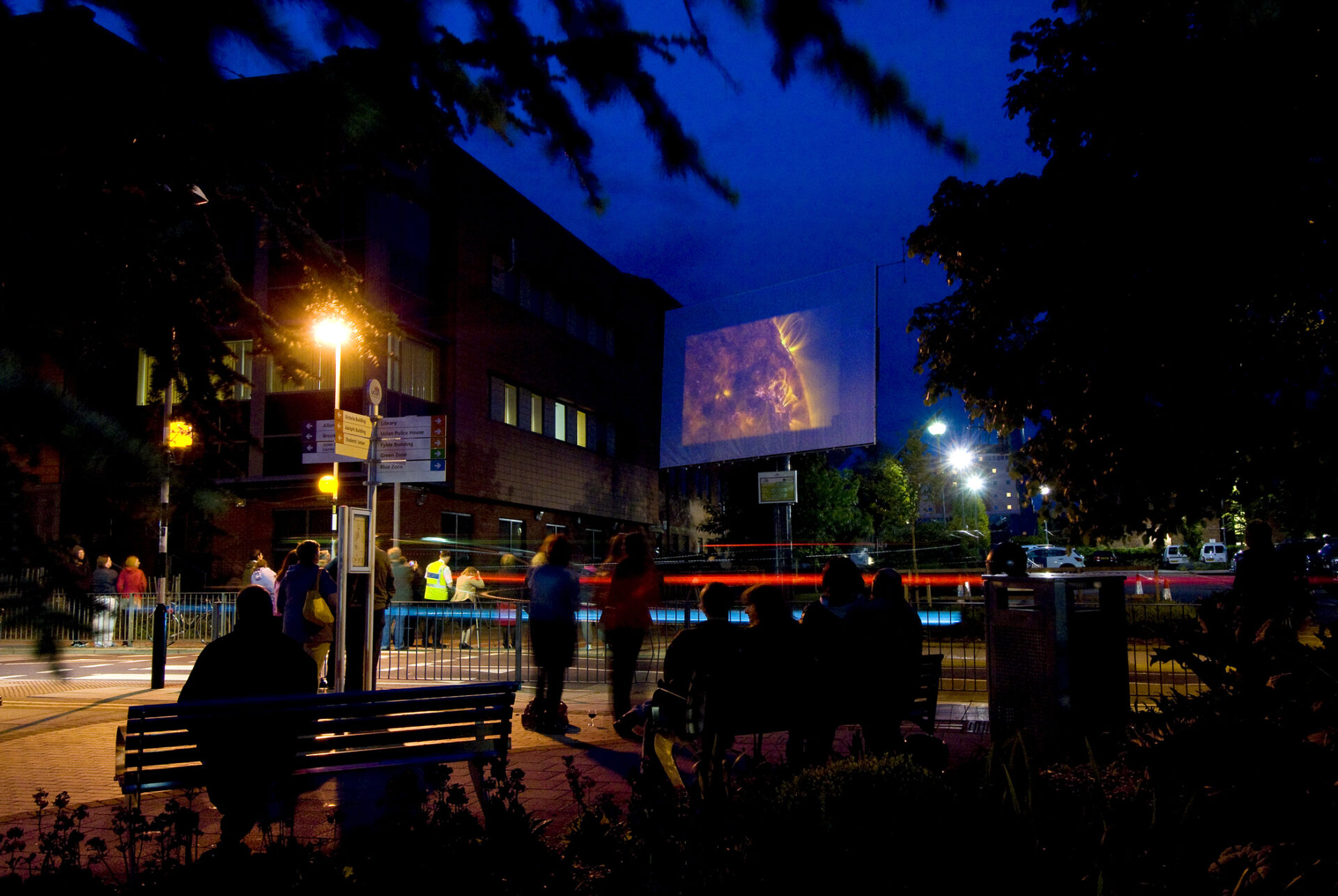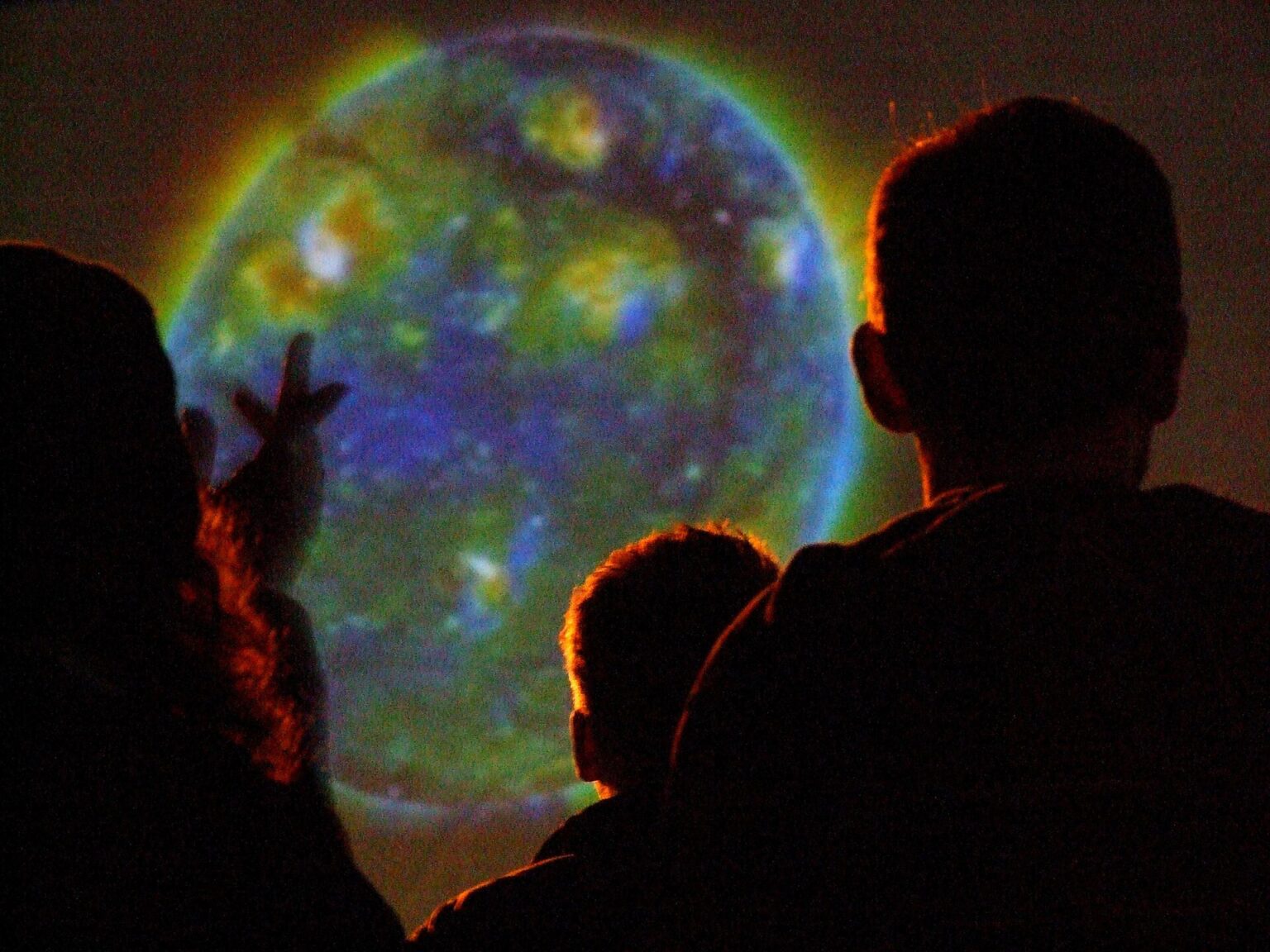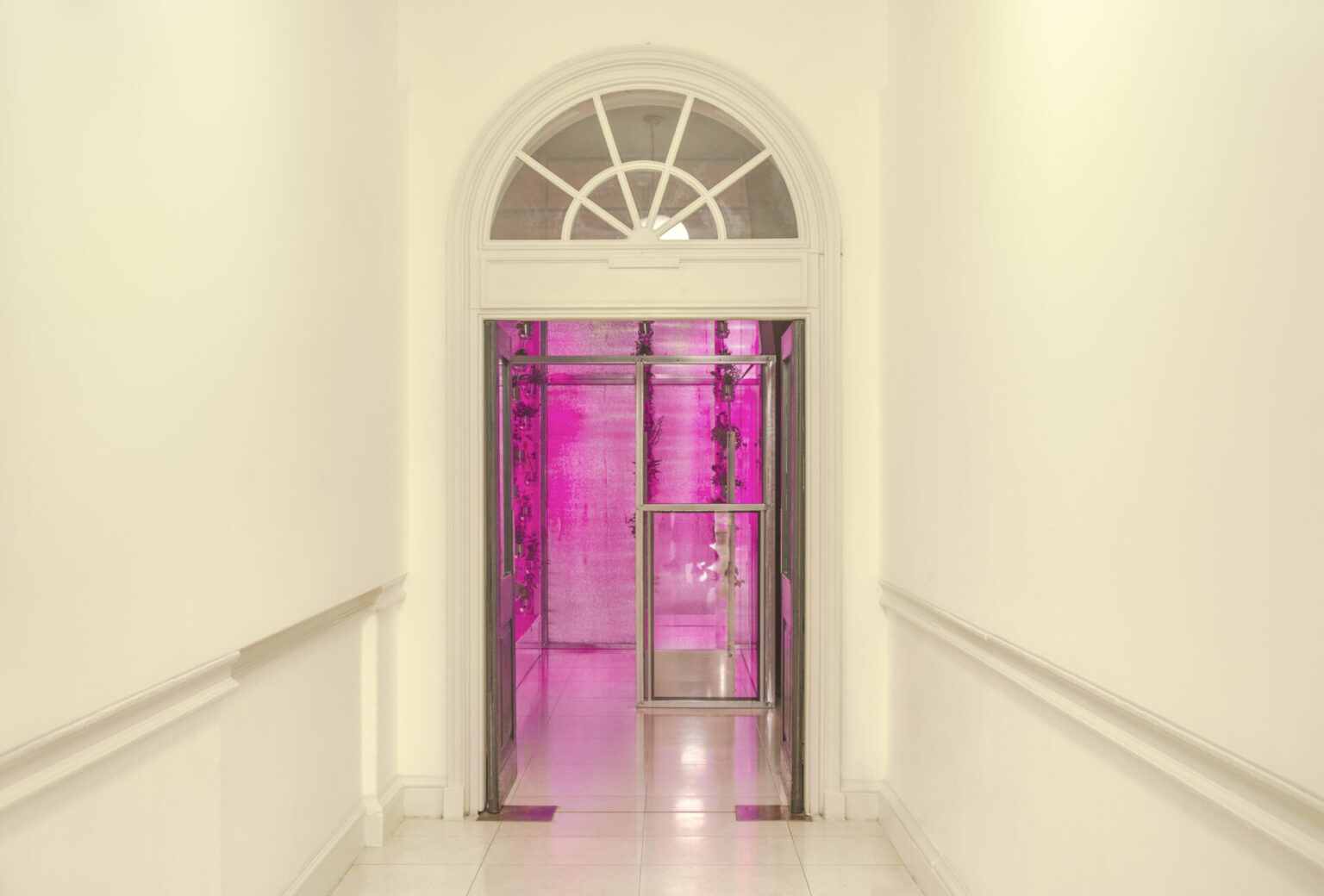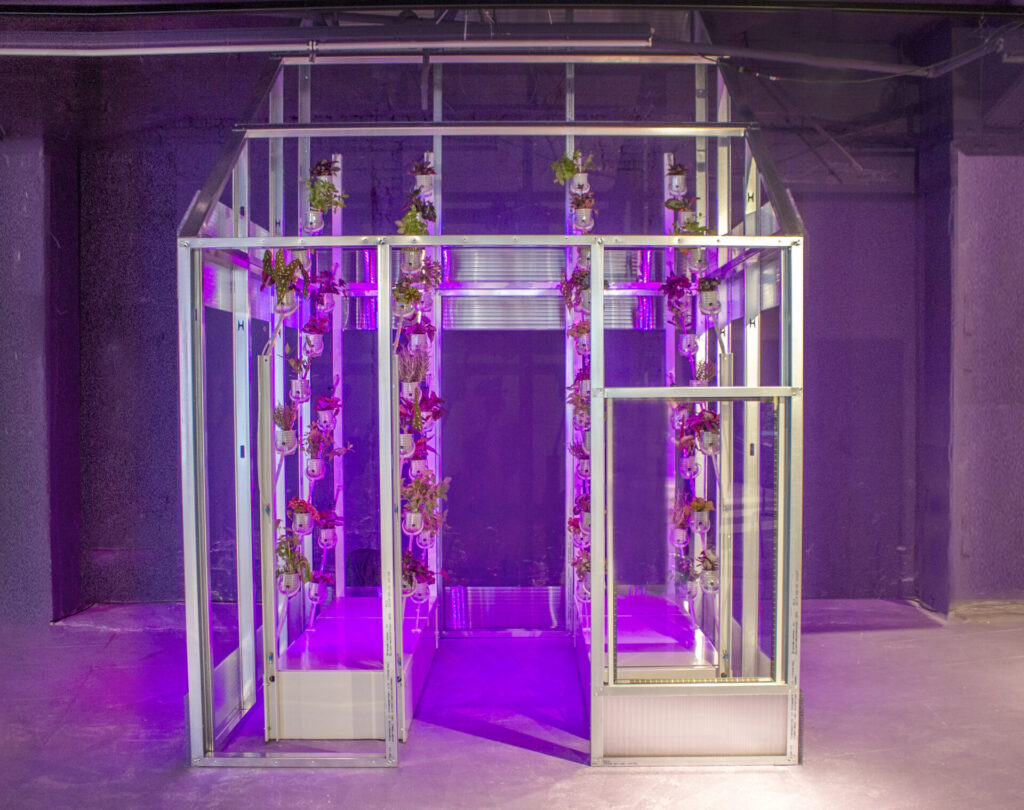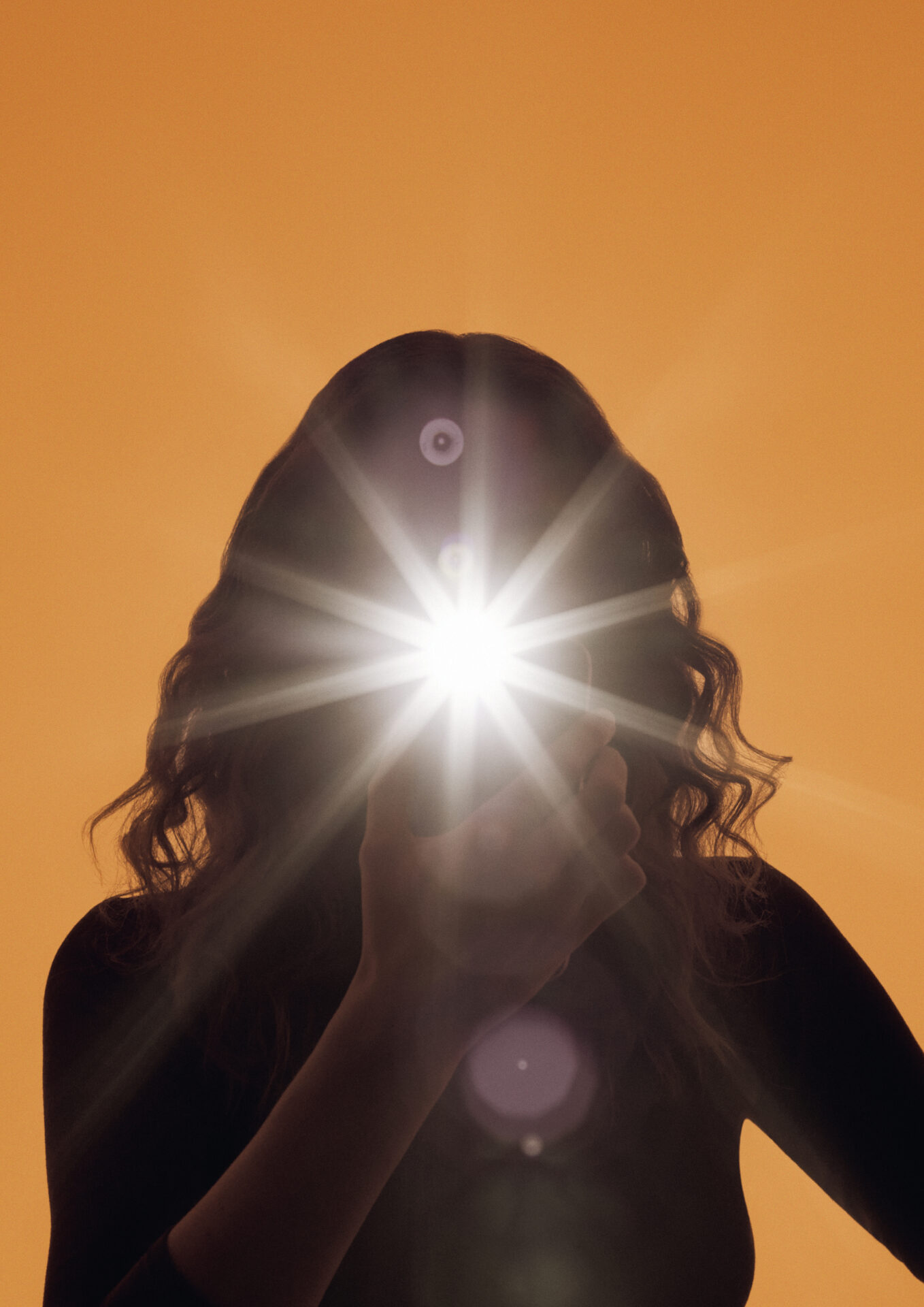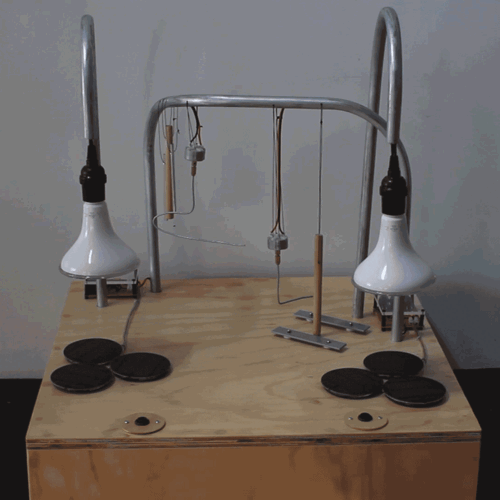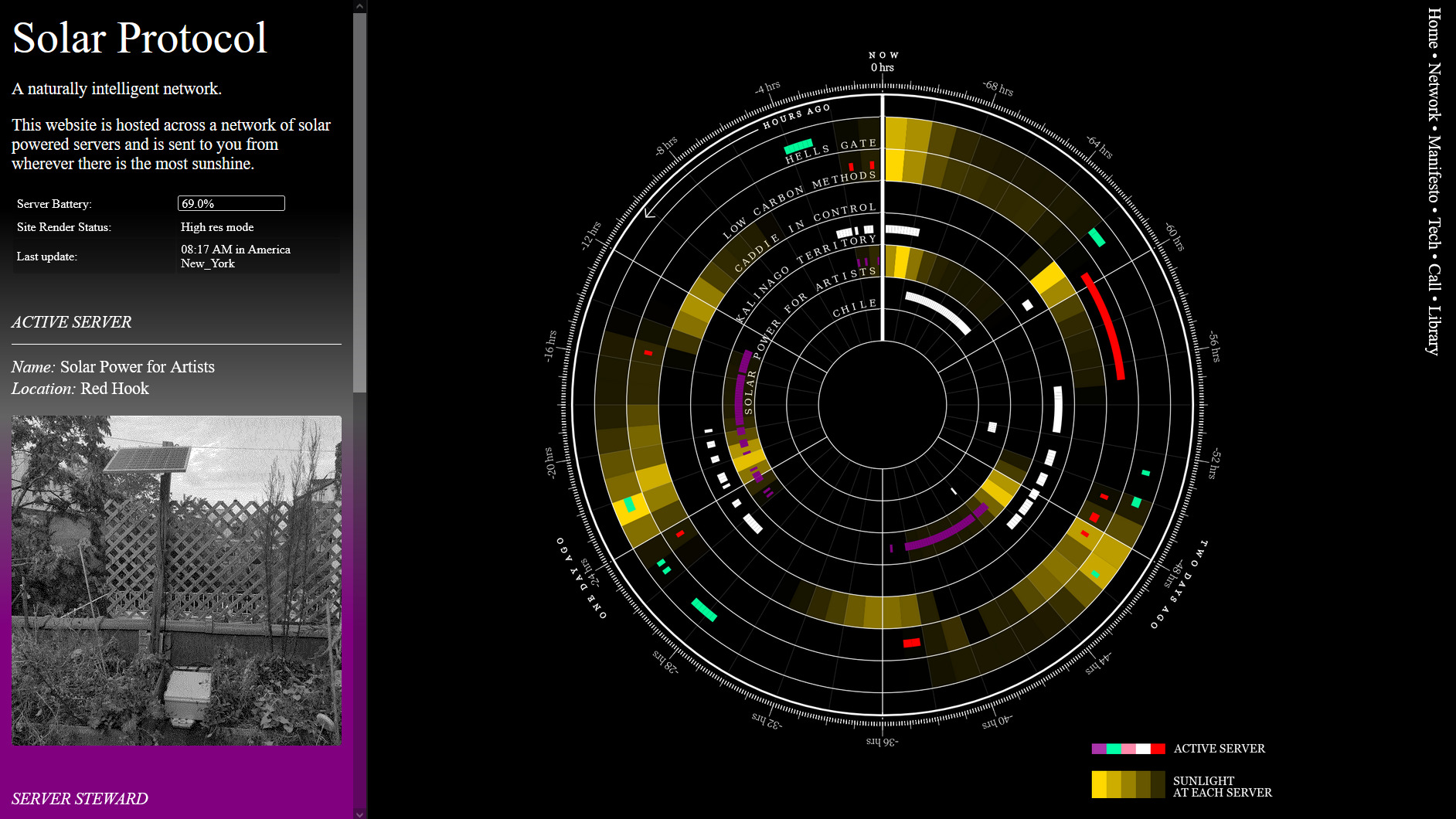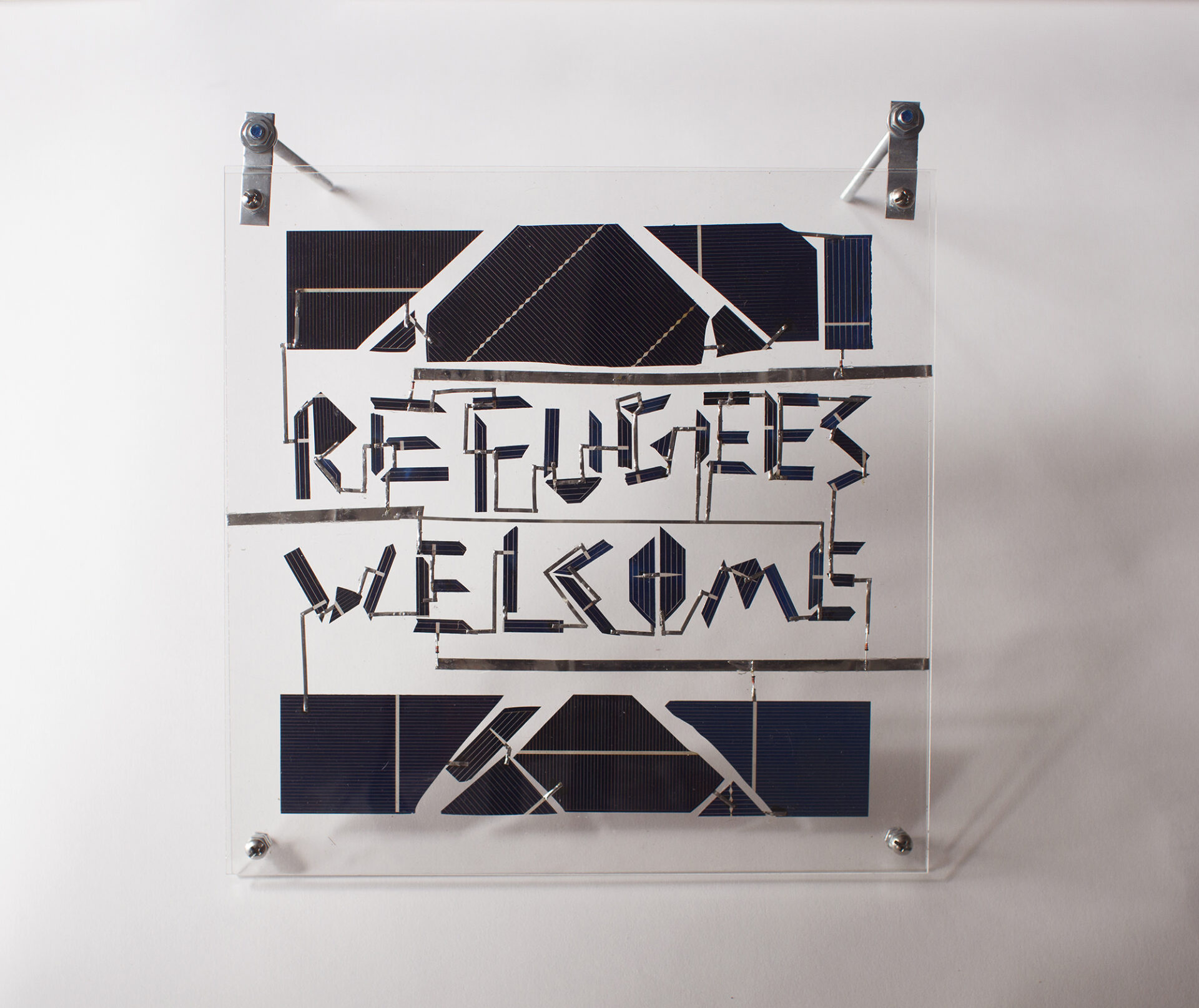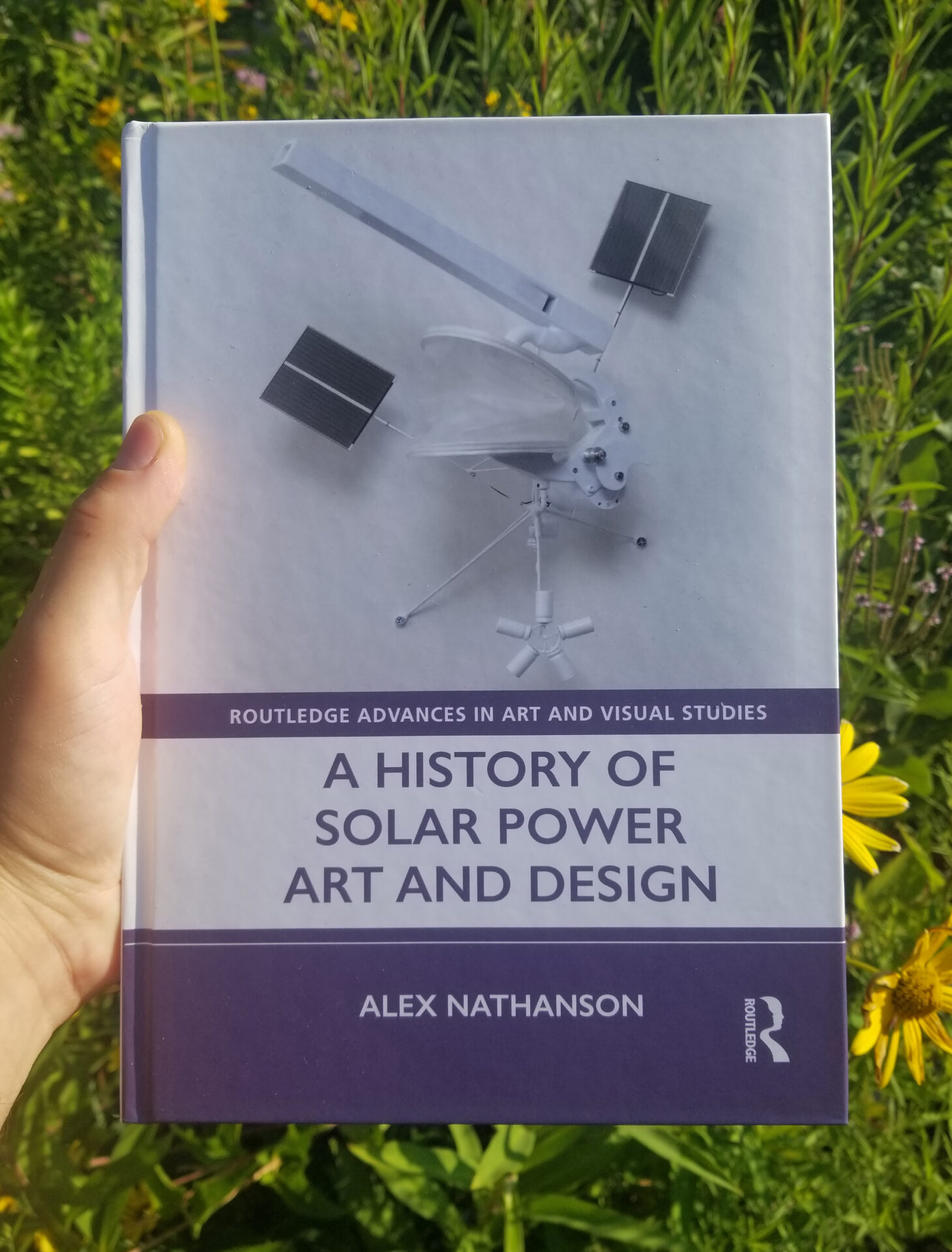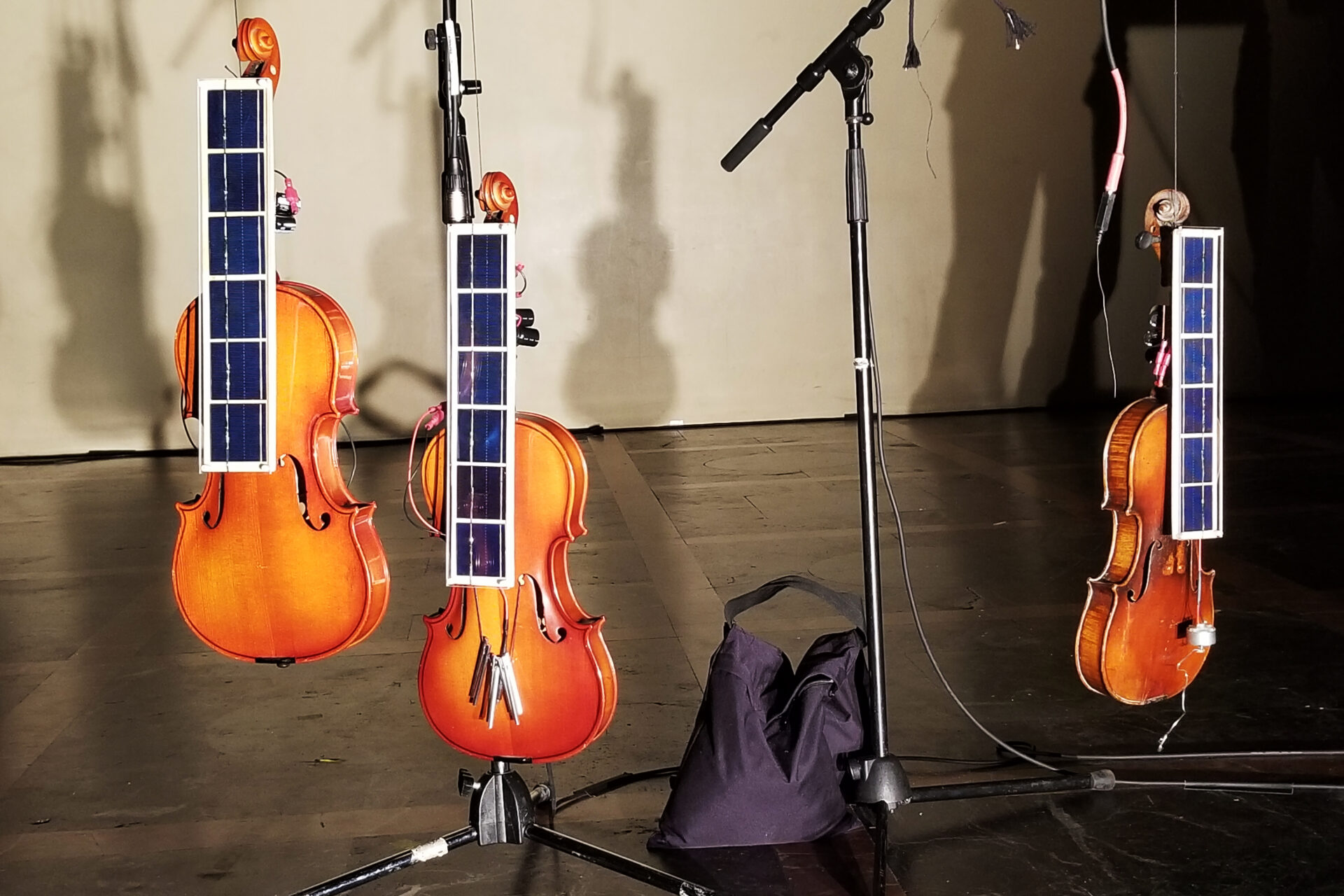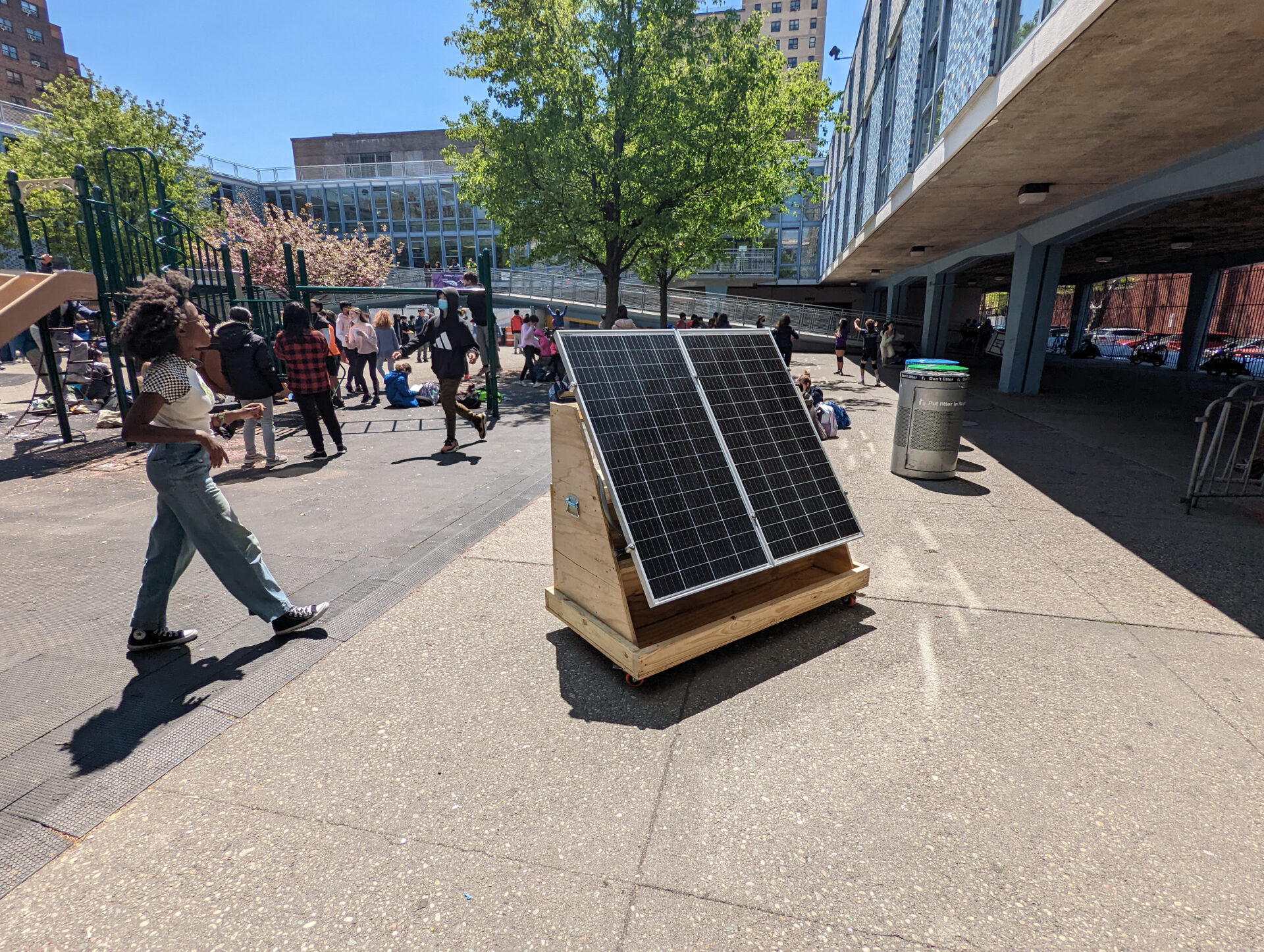A powerful change
“It is important to realize that in physics today, we have no knowledge what energy is.”
This was said by Richard Feynman, Nobel laureate in physics in 1965 and one of the most respected scientists of the 20th century.
Despite the aura of mystery and complexity surrounding this word, energy is a physical quantity that is the basis of our lives, of the existence of this planet and, more generally, of the entire Universe.
We ourselves, through our bodies, produce and consume energy and every act of our day refers, without our paying attention to it, to this term.
After showing you the vastness of the mycelium world through mushroom with a view, we take you on a journey dedicated to energy, the sustainable and renewable kind. Let’s put aside for a moment the image of traditional wind turbines and grey solar panels, , and immerse ourselves in the union of art and science, beauty and functionality through the projects of Chris Meigh-Andrews, compáz, Land Art Generator Initiative, Marjan van Aubel and Alex Nathanson.
Because we are all conductors of the power of change.
Made with the contribution of Silvia Bonaventura.
Artist:
Chris Meigh-Andrews (UK), compáz (Switzerland), Land Art Generator Initiative (USA), Marjan van Aubel (Netherlands), Alex Nathanson (USA)

